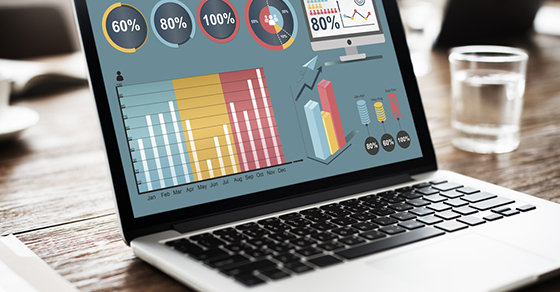Data is information rendered into a form that is easily understood allowing it to be moved or processed. Although most of us are able to comprehend what data is, we may not know the difference between big and small data or how it applies to our business.
What exactly is big data?
Big data are data sets that are so big (as their name implies) that they require something stronger than traditional data applications to process them. Any voluminous amount of structured and unstructured data that can be mined to gain information is considered big data. The information gained from big data is used for predictive analytics of behaviour, consumer habits, sales records, scientific processes, algorithms, forecasting, budgeting – basically anything needed to run a successful business.
Unstructured data refers to any information that comes from sources that are not easily organized via conventional databases and models. For example, unstructured data is usually text-heavy such as tweets, social media postings and metadata. On the other hand, structured data is data that comes from interactions between people and machines like web applications, databases and social networks (the networks themselves not the actual postings done by individuals). Big data is a mixture of both structured and unstructured data.
The 3 Vs
Big data runs on a complex system called the 3 Vs: Volume, variety and velocity. Each V combines to create data that is adaptable to your business, easy to understand and of course, usable.
- Volume: This is in reference to the amount of data being used and analyzed. Due to the fact that it is big data, the amount is always going to be voluminous.
- Variety: As aforementioned, big data consists of different types of structured and unstructured data.
- Velocity: Velocity refers to speed of which the data is being processed and analyzed.
Big data vs small data
What differentiates big data from small data is the size. However, there is a little more to it. Small data, as suggested by its name, is small, so it is easier to access and use. The lower volume involved with a data set, the faster it can be processed and applied. Small data is generally reserved for addressing specific problems or questions like sports scores, driving records, measurements and weather forecasts. In contrast, big data is reserved for larger issues and solutions like ongoing discovery and analysis of an entire company’s future.
Big data supplies insights that companies can use to create better products, provide better services and run more efficiently.
If you’re looking for more information on this topic, please consult with our team of specialists. You can contact us by phone or via the form on our website.
